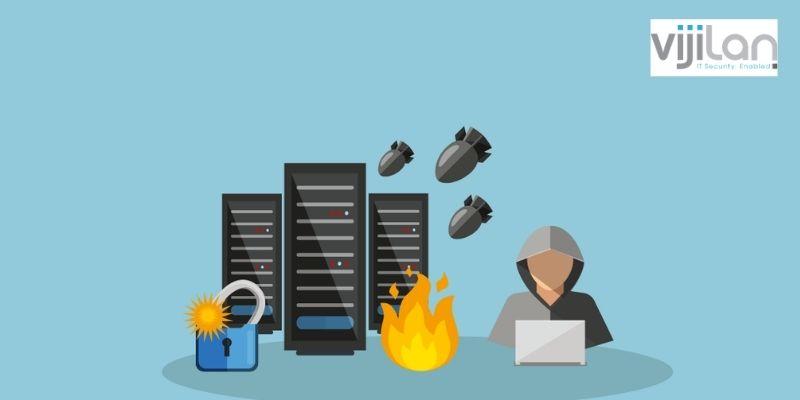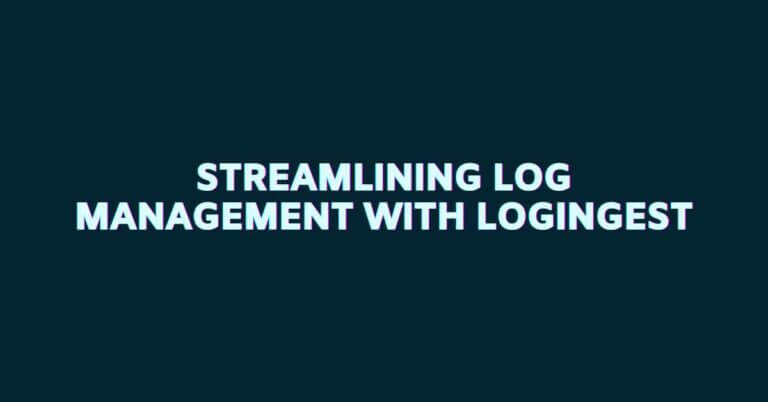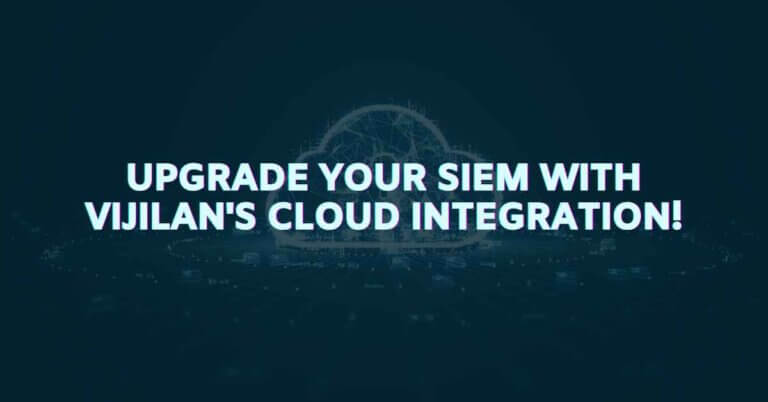System Security threats are getting more and more consistent and creative as cyber attackers that manipulate these threats steadfastly generate new ways to discover techniques to steal, annoy and cause harm to the network of their victims.
As individuals or an organization, it is essential to guard yourself with adequate supply and information against security attacks to help you maintain your system and data security. There are widespread cyber threats that can damage your system. Fortunately, all these threat types can be identified and presented as follows:
Types of Cybersecurity Risks/Prevention

1. Password Theft
This is a joint cyber security threat that can happen to a vulnerable victim. It involves logging in to your account and realizing that your password details have been compromised, changed, or stolen. When this happens, an unwelcome third party has successfully guessed your password details, and your information has been hijacked. It can be devastating if this happens in a business or an organization, as sensitive information can be lost.
Prevention: Many cases of password theft are due to exposure or using weak password details. Attackers can simply guess cheap passwords or use “brute force” programs to make a series of potential password attempts. Otherwise, your password can be stolen if you open it from an insecure location. Therefore, you should be wary of such locations to prevent getting lured through social engineering.
While securing your system with a password, ensure it is complex enough to frustrate any brute force attempt. Also, no matter how complex, your password must be accessed with two-factor authentication, a strong method of protecting your data. For a third party to break through your password and access information, an additional device will be required of the individual before such logging is achievable and completed.
2. Traffic Interception
Traffic interception is otherwise known as “eavesdropping.” A cyber threat occurs when an attacker eavesdrops on information shared between a user and a host. An attacker’s information is often traffic-related, but it can be used to steal sensitive data or logins.
Prevention: Avoid websites that do not use HTML5 as they can be easily compromised, and you will not be defended from malicious attacks. You can also prevent traffic attacks by encrypting your system security traffic through the utilization of VPN methods.
3. Malware
This has to be the most popular type of security threat and has been around since the creation of the internet. Malware is a consistent cyber-threat that occurs when an unwanted software or program chooses a host system to get installed on its own and causes harmful activities such as; stealing data, access denial to programs, spreading to other systems, and deleting of files.
Prevention: Act in advance to protect against malware attacks by installing an up-to-date anti-malware program. Also, identify and deal with suspicious links, websites, and files. Combining both antivirus and caution can help you prevent malware system attacks.
4. Ransomware
It is a diverse form of malware. It also installs itself on the host’s system and stops the user from gaining access to many functions on the system. Except a ransom is made, the third-party threatens to steal or damage the user’s information.
Prevention: It can be challenging to get rid of this threat after being installed. However, an updated antivirus cyber protection software can protect against the threat. Also, consistently back up your data, and stop clicking on harmful links to prevent the threat from entering your system.
5. Phishing Attacks
Phishing attacks are based on old scam methods, where a cybercriminal uses social engineering tools to accomplish its purpose. During a phishing attack, the user first receives mail requesting important information such as a password. Some phishing emails can look legitimate and formal, having an accurate media and address. When a user is compelled to click on such links, sensitive data will leak.
Prevention: Proactive approach can protect against phishing attacks. Prepare yourself against replying to suspicious emails, no matter how enticing. Also, note that phishing emails often abounds with syntax errors and spellings, hence malicious. At the same time, official messages from organizations will not ask for personal information or password.
6. Trojan Virus
The Trojan virus hides its identity, taking up legitimate software to infect an end user’s network. One common method used by the Trojan virus is through notification or alert. When the system is under a Trojan malware attack, it recommends a scan where the scan has already checked out the malware.
Prevention: Protect yourself against software or program downloads. Avoid launching or running programs from unidentified network providers or those trying to send notifications that can lead to security risk.
7. DDoS Attack

Distributed Denial of Service is a system security attack whereby harmful third parties aim to damage the host user through server traffic, causing an overload. The user later encounters problems since the server can no longer control or manage the request. The website’s Performance is also reduced to a level it cannot be utilized as before.
Prevention: Attack can be prevented through threat identification, such as halting access and harmful traffic. It can be time-consuming to identify this type of threat and deal with it since they normally use multiple malicious IPs to dispense an attack. If the need arises, take the server offline for system maintenance.
8. Drive-By Attack
This Attack involves harmful codes entering a device or system. They are delivered without any need for the user’s action. This means the end-user will not be required to download, click or launch anything before a drive-back-attack is implemented.
Prevention: Attacks can be prevented if a user avoids using suspicious sites. Typically, sites that have been breached are indicated by anti-malware programs and search engines.
Conclusion
Indeed, cyber risks are a continuous evolution as perpetrators keep inventing approaches that are complex, day by day. However, you can be protected from all these cyber security risks and safeguard your important information, if you defend yourself the right way, and stay cautious. To know how Vijilan can safeguard your organization with our comprehensive security solutions coverage, book a free demo and let our experts show you how our security system is built and works.








